Right now, our mornings are spent on core skills, loads of reading, and child-led learning. Afternoons are spent having independent time, lots of outside time, and then coming together for our unit study. We are all settling back in just fine.
It’s a bit funny to me, as I am writing NEW unit studies while my children and I are completing the unit studies I wrote last year. I need to stay a step ahead of the game of course, though it is a great chance for me to practice self-control. It is all I can do to not stop our current unit study to dive into the one I am currently writing. They are just SO COOL!!
I tell you, unit studies are THE way I engage my children in learning. Sometimes they are right into them and the learning goes on independently for weeks!
If you’re wondering if unit studies are right for your family, grab my FREE Sample Pack and try them out! You can also see the entire collection of Unit Studies available in my shop right here.
Lately, if you have been speaking with me, you will have noticed I have a plethora of dinosaur information I am eager to share whenever the opportunity arises (and even when it doesn’t … “Yes! I do love that sweater! The colour sort of reminds me of Pangaea … do you know about Pangaea?” … “Sure! Let’s meet at the park for 1:00 – oh, speaking of time, did you know that the 3 eras of dinosaurs were separated by tremendously huge gaps of time? Like millions and millions of years?!”)
I tell you, once parties become a thing again I am going to be the LIFE of the party. Until 9:00 pm.
Today, though, I get to share a little taste of this dinosaur unit study with you because … drum roll, please …
IT IS READY! And it is in the shop for you today. You can check out your brand new Dinosaur Unit Study, created with love from one Homeschooling Mama to another, right here.
This dinosaur unit study follows the same format as all of my unit studies. The big topic “dinosaurs” is broken down into ten themes.
Each and every theme includes:
- a suggested library book,
- an interesting fact,
- an “I wonder” challenge
- a “What’s Happening” scientific explanation
- a literacy enrichment question
- a math enrichment question
- a curated YouTube video
- AND a hands-on activity!
Today I wanted to give you a little glimpse into the 10 Hands-on Activities you will find in this dinosaur unit study. And then, I hope you click right here to grab your very own copy of this Dinosaur Unit Study!
Here is a sneak peek at the 10 Themes and accompanying Hands-on Activities that are inside the Dinosaur Unit Study:
Topic One: Mesozoic Era
The Mesozoic Era, sometimes called the Age of the Dinosaurs, lasted nearly 180 million years—from approximately 252 to 66 million years ago. The Mesozoic Era includes three periods: the Triassic, Jurassic, and Cretaceous periods.
Hands-on Activity: To help children understand how long each time period lasted within the Mesozoic Era we make a dinosaur timeline! This printable included with this Unit Study is designed for children to get a visual of each time period.
 Topic Two: Triassic Period
Topic Two: Triassic Period
The Triassic Period took place 252 to 200 million years ago. It began after an extinction event known as “the Great Dying” devastated life on Earth, causing the extinction of up to 90% of all species. However, life that survived this event repopulated the planet, and the first dinosaurs emerged. Our Earth looked very different back then. Land was one giant mass known as Pangaea.
Hands-on Activity: Complete a Pangaea Puzzle! See how the Earth used to look and try your hand at solving this printable Pangaea puzzle included with this Unit Study.
 Topic Three: Jurassic Period
Topic Three: Jurassic Period
The Jurassic period took place 200 to 145 million years ago. As the breakup of Pangaea continued, the increase in water and new oceans emerging created a humid, subtropical environment for dinosaurs to roam.
Hands-on Activity: Print off the printable dinosaur skeletons and use some pasta to create your very own dinosaur skeleton! You can even sprinkle some dirt or coffee grinds over top, allowing your little one to be a budding Paleontologist.
 Topic Four: Cretaceous Period
Topic Four: Cretaceous Period
The Cretaceous Period took place 145 to 66 million years ago and was the longest period in the Mesozoic Era. The majority of the most well-known dinosaurs came from this time, including the Tyrannosaurus Rex, Velociraptor, Triceratops, and Brachiosaurus.
Hands-on Activity: Practice your skills as an artist by learning how to draw a Tyrannosaurus Rex! Follow along with this engaging YouTube video as you create your very own drawing of one of the fiercest dinosaurs.
 Topic Five: Dinosauria
Topic Five: Dinosauria
Dinosaurs are a diverse group of reptiles from the group Dinosauria. Currently, we know of around 900 dinosaur species that existed, with more likely to be discovered. They can be divided up into 3 main groups which will be explored over the next three topics of this Unit Study.
Hands-on Activity: It is time to make some mini dinosaur puppets! Let your artist get creative as you make these adorable puppets perfect for hours of pretend play and fun.
 Topic Six: Ornithischians
Topic Six: Ornithischians
Ornithischians were an order of herbivorous dinosaurs that had pelvic structures similar to birds. They were mostly herbivores.
Hands-on Activity: Print out your printable and play “Eye Spy a Herbivore!” Read all about the characteristics herbivores have and try to distinguish them from the crowd as you play this engaging and educational game.
 Topic Seven: Sauropods
Topic Seven: Sauropods
Sauropods were herbivorous dinosaurs with very long necks, long tails, small heads, and four thick, powerful legs. Sauropods are some of the largest animals to have ever lived on land.
Hands-on Activity: Grab your sauropod playdough mats from your Unit Study and get set to explore! You are never too big to play with playdough – even sauropods loved it (well, not likely, but maybe they liked stomping in clay?) There are added building challenges included with this one.
 Topic Eight: Theropods
Topic Eight: Theropods
Theropods (from the Greek words for “wild beast” and “foot”) includes all known carnivorous dinosaurs and birds.
Hands-on Activity: To really get a feel for how huge these carnivorous dinosaurs’ teeth were, we create them out of salt dough for this unit study! Pop a hole in the top, and you have the coolest dino tooth necklace around.
 Topic Nine: Fossils
Topic Nine: Fossils
By studying fossils, we can find out where a dinosaur lived, what it looked like, and even what it ate. Fossils can also help us learn what our planet was like millions of years ago.
Hands-on Activity: Why, make your own fossils of course! Using salt dough and creating impressions, along with reading the “What’s Happening” section for this topic of the Unit Study, young Paleontologists will be able to understand exactly how fossils came to be.
 Topic Ten: Paleontology
Topic Ten: Paleontology
Paleontologists study ancient life, from dinosaurs to prehistoric plants, fish, insects, and even fungi.
Hands-on Activity: For the hands-on portion of this topic, things get delicious! We use a chocolate chip cookie and some mining tools (like toothpicks) to go on a dinosaur fossil dig! Well, really a chocolate chip dig, but that is pretty fabulous as well.
And there you have it! A tiny glimpse inside of all of the amazingness that awaits you in this Dinosaur Unit Study, perfect for children aged 5-12 years old.
It has been waiting for you for millions of years! Well, actually no – it is a fresh resource in my shop and my very latest Unit Study. Pop on over and grab it while you can right here.
It is bound to go extinct before you know it!!!
P.S. Not sure if a unit study is right for your family? Grab my FREE Sample Pack and try it out! You can also see the entire collection of Unit Studies available in my shop right here.
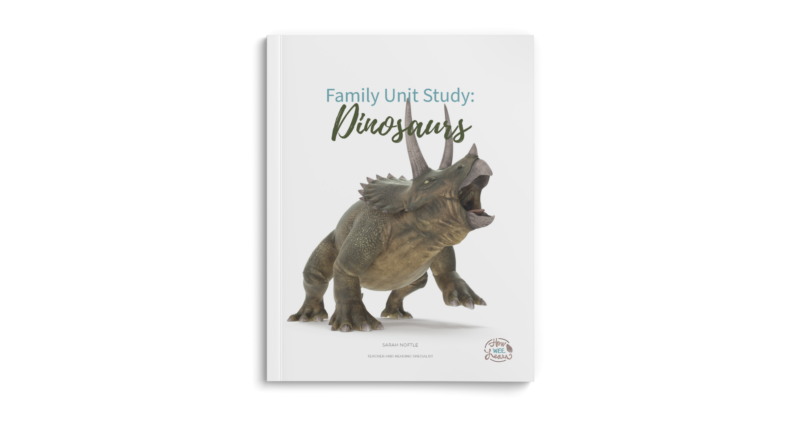
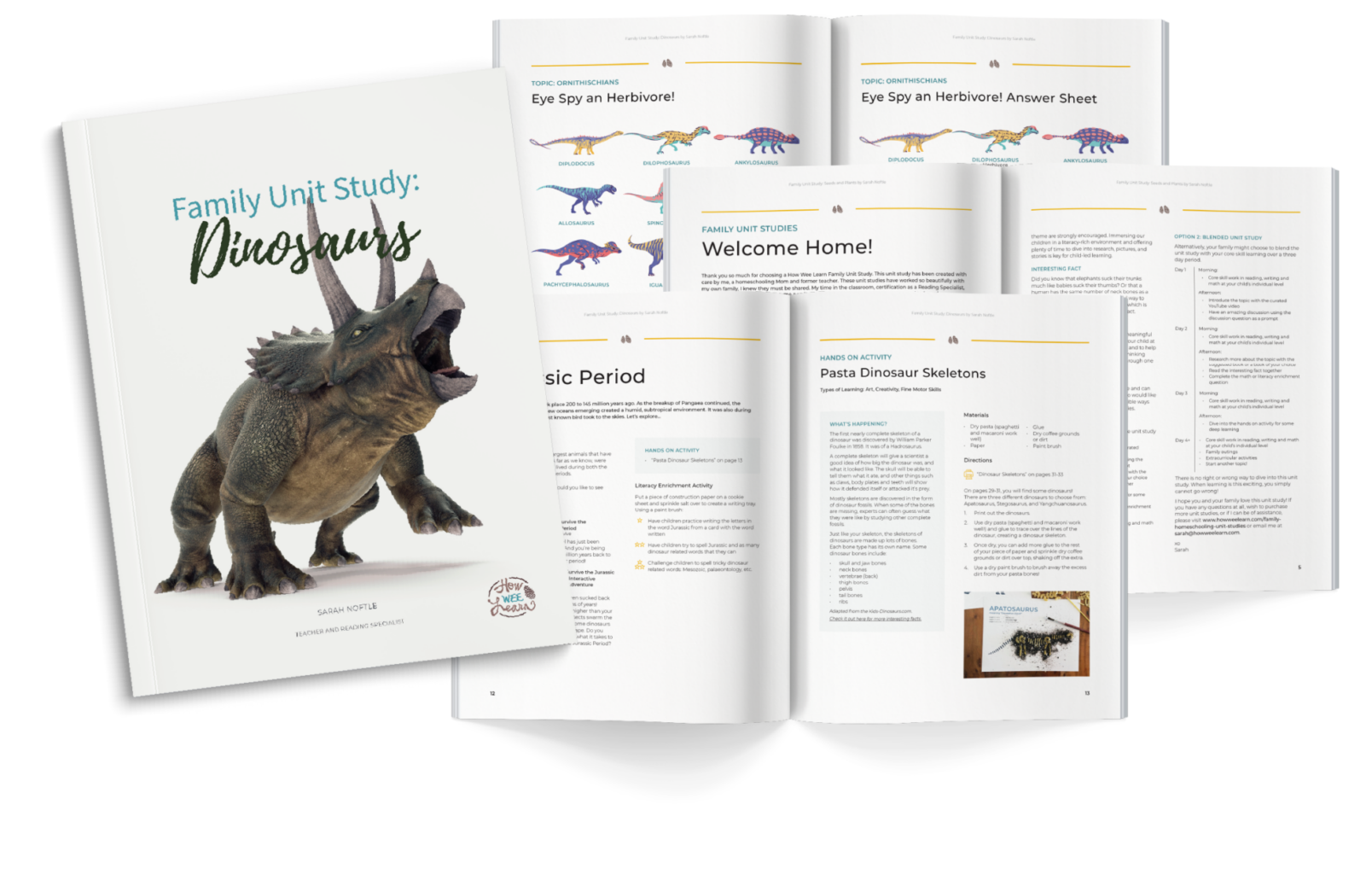
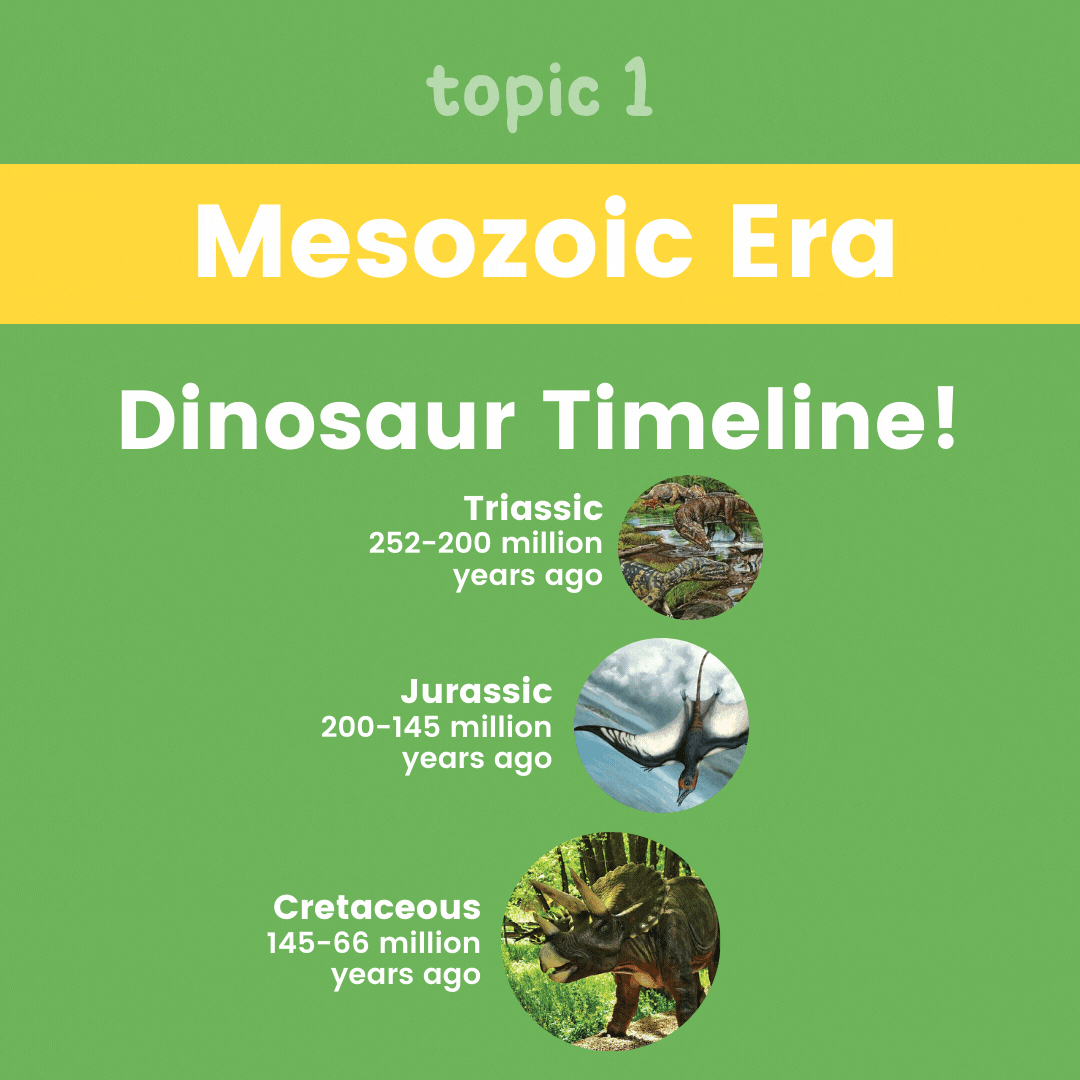
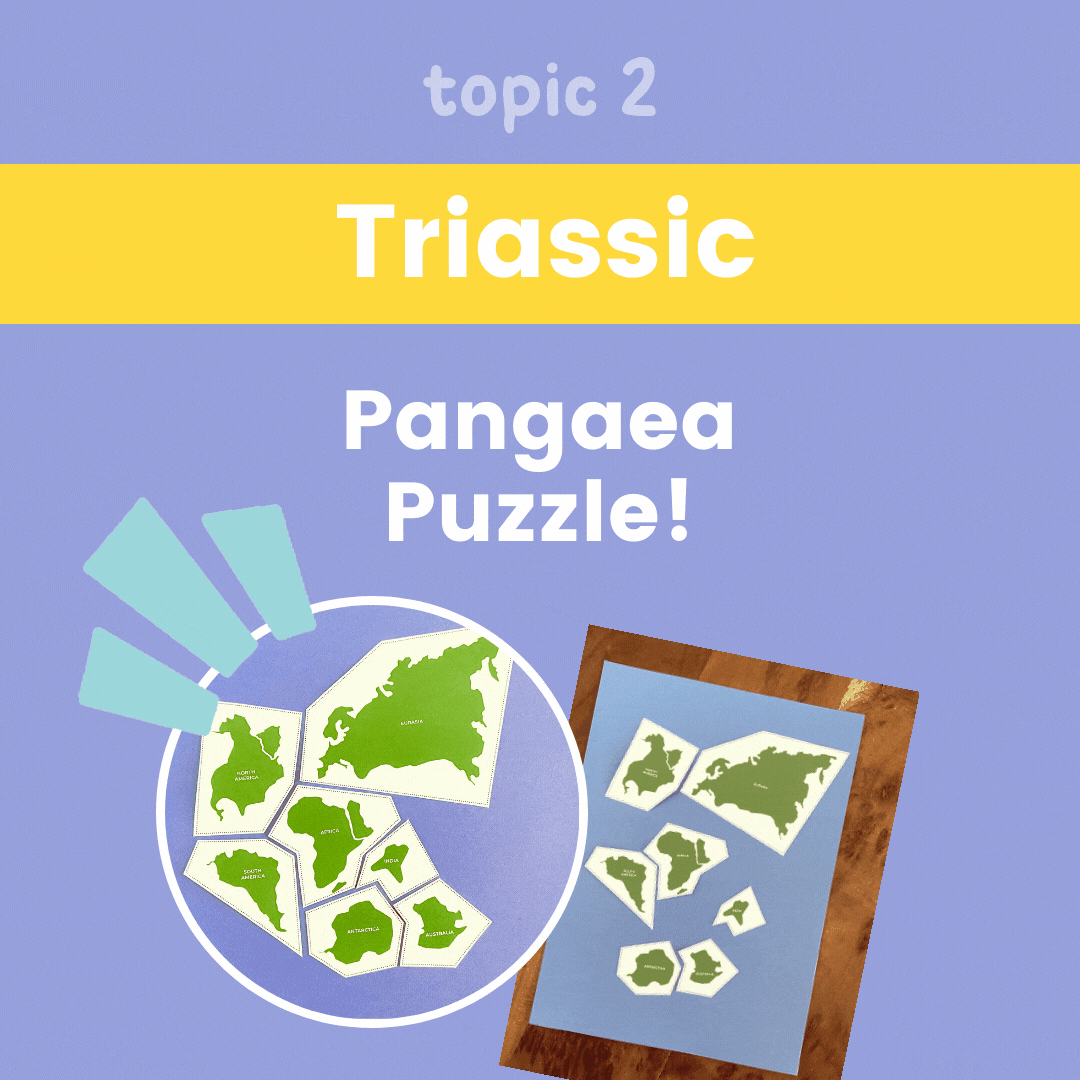
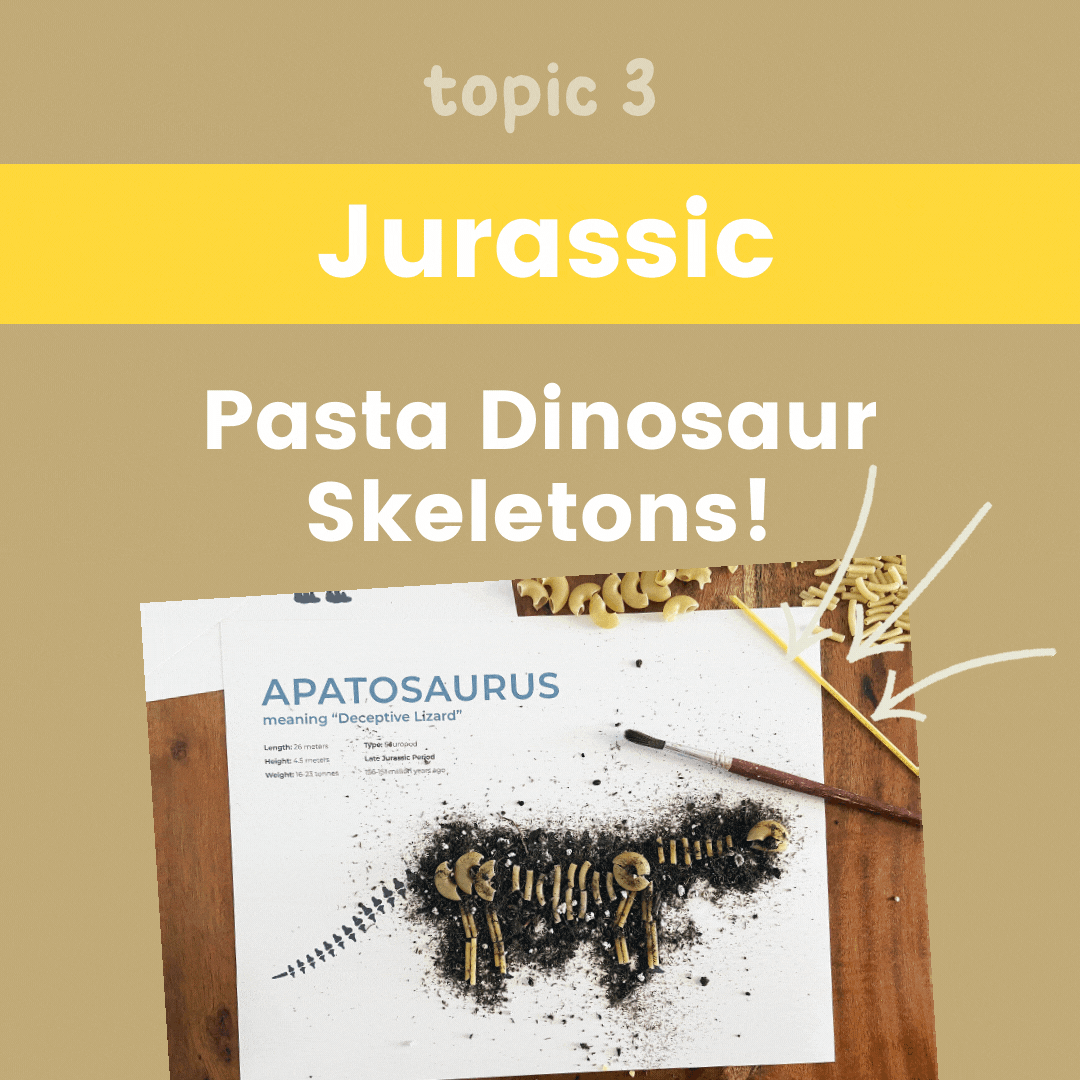
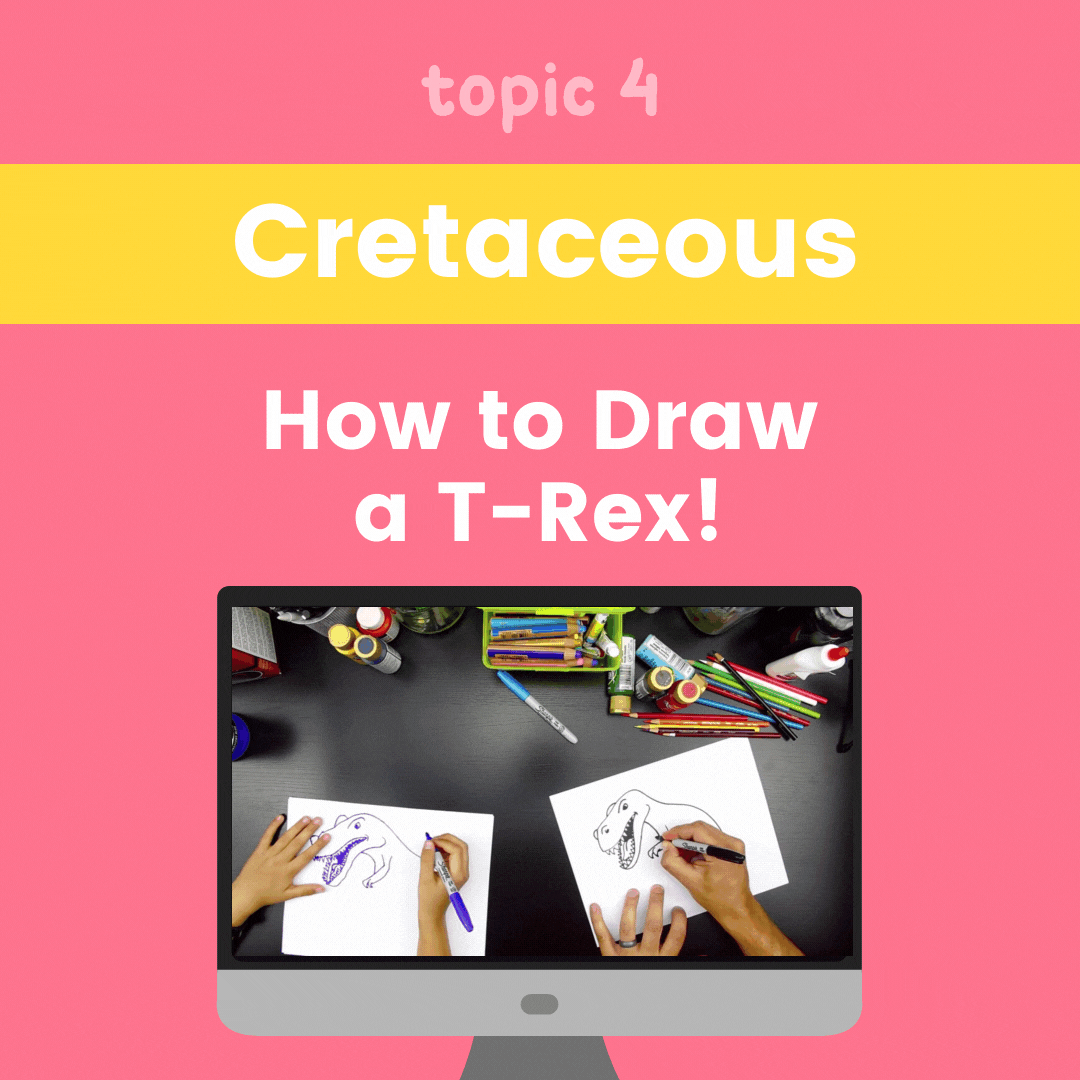
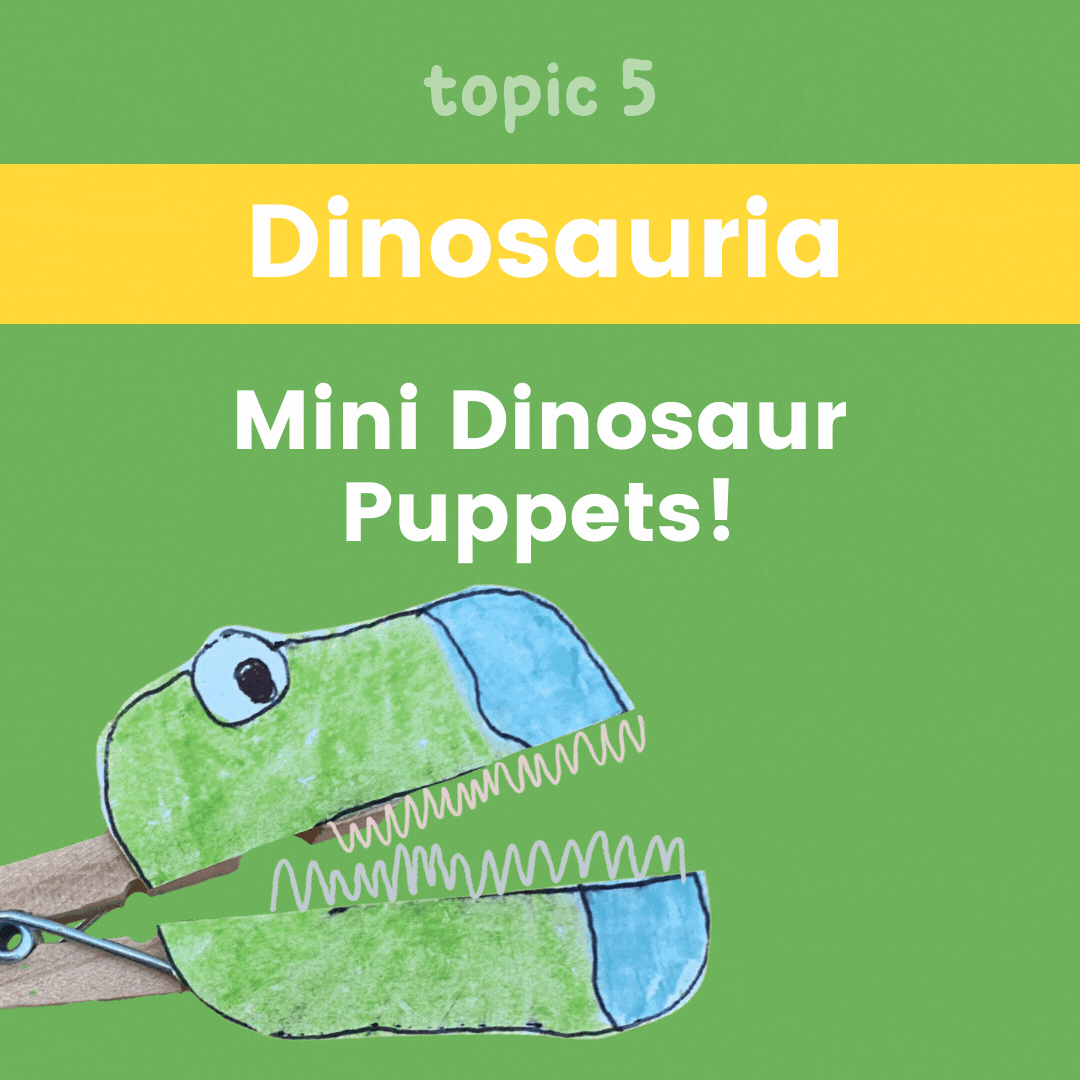
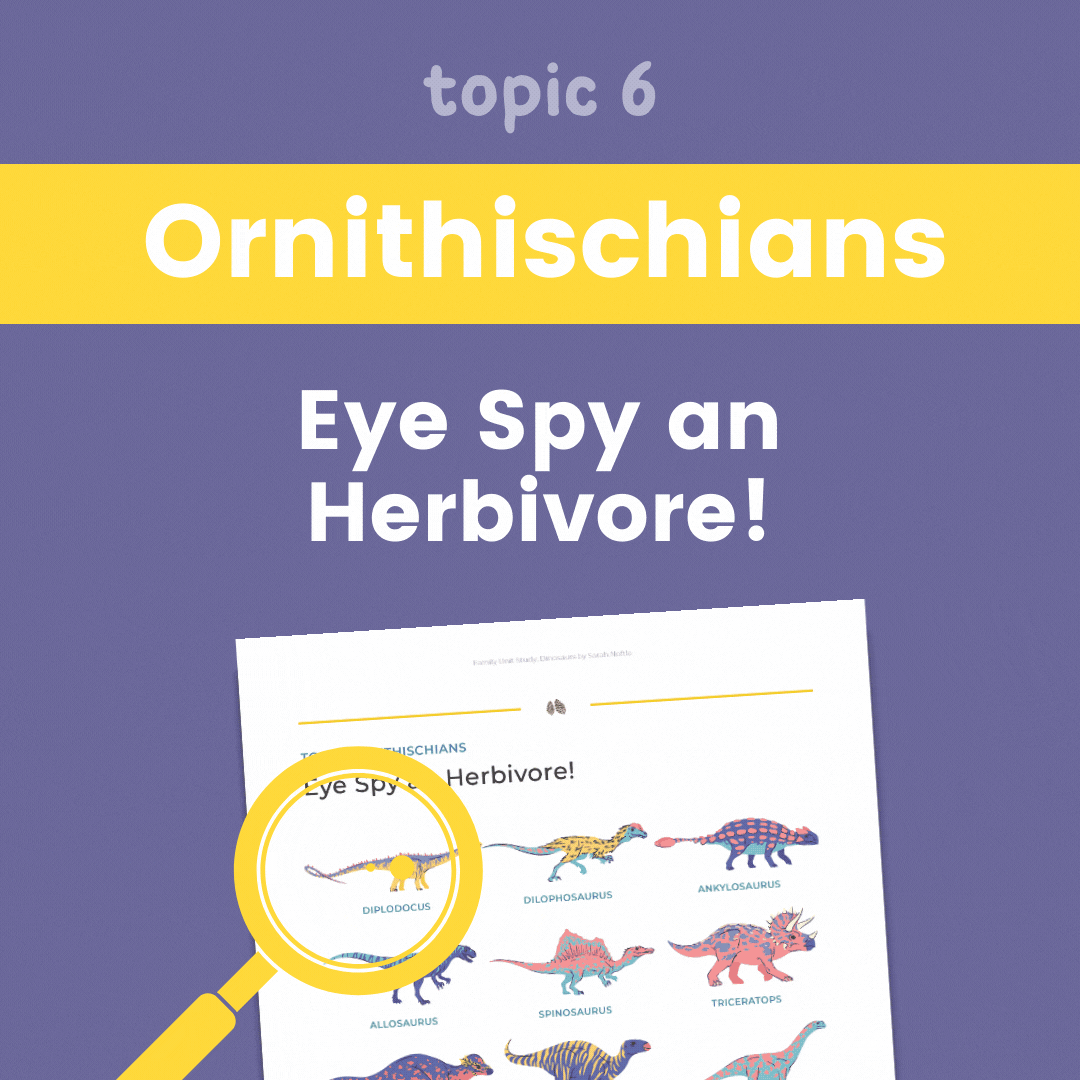
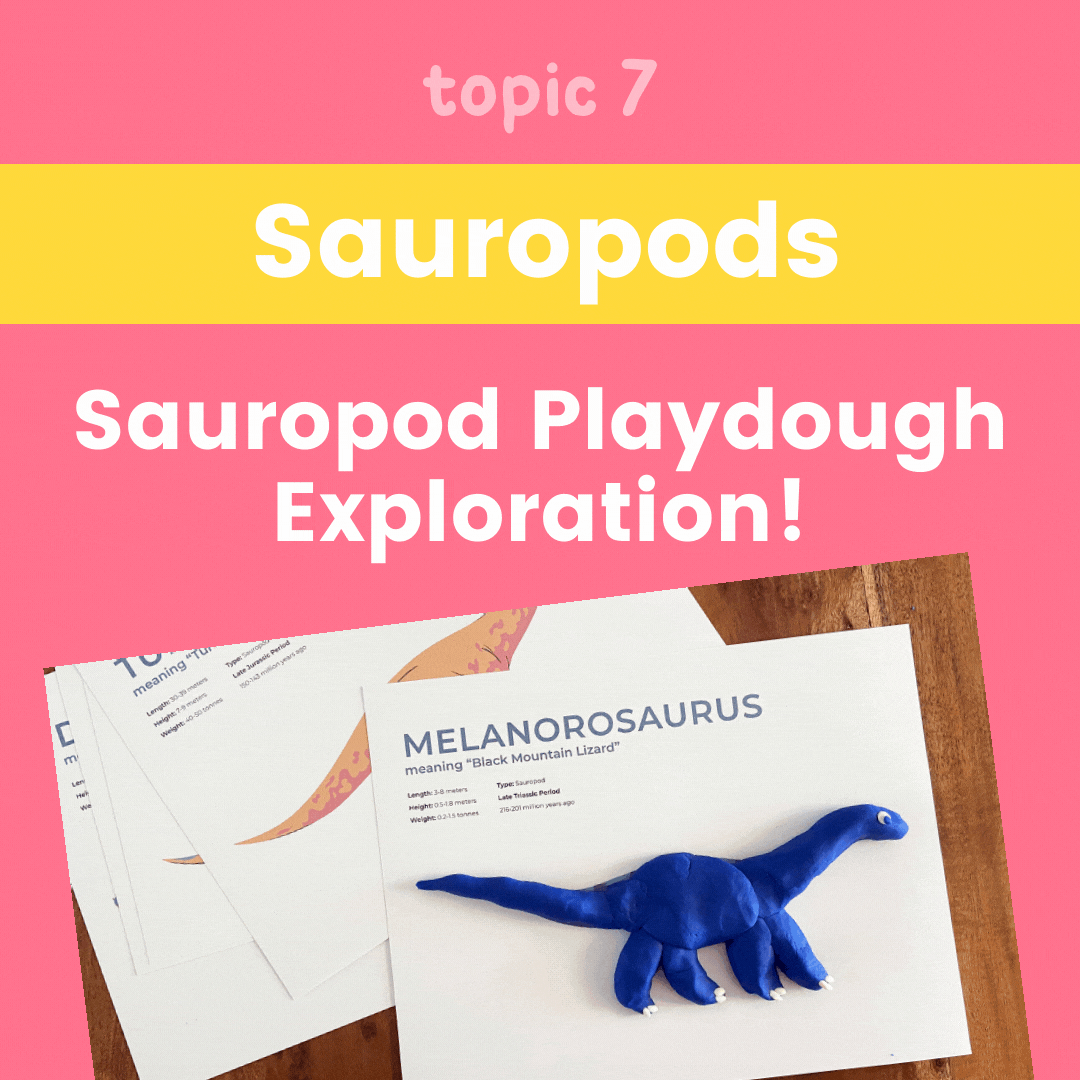
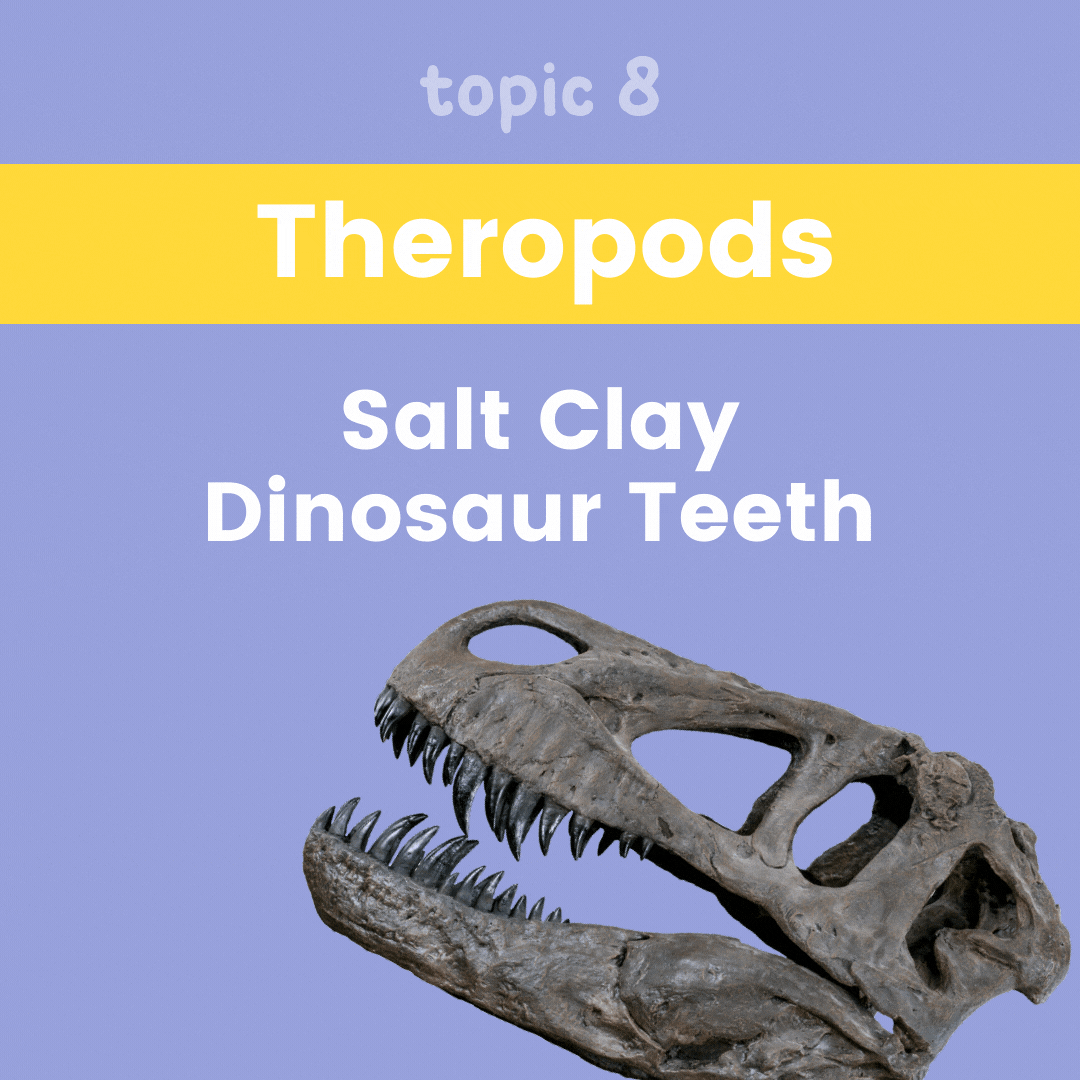
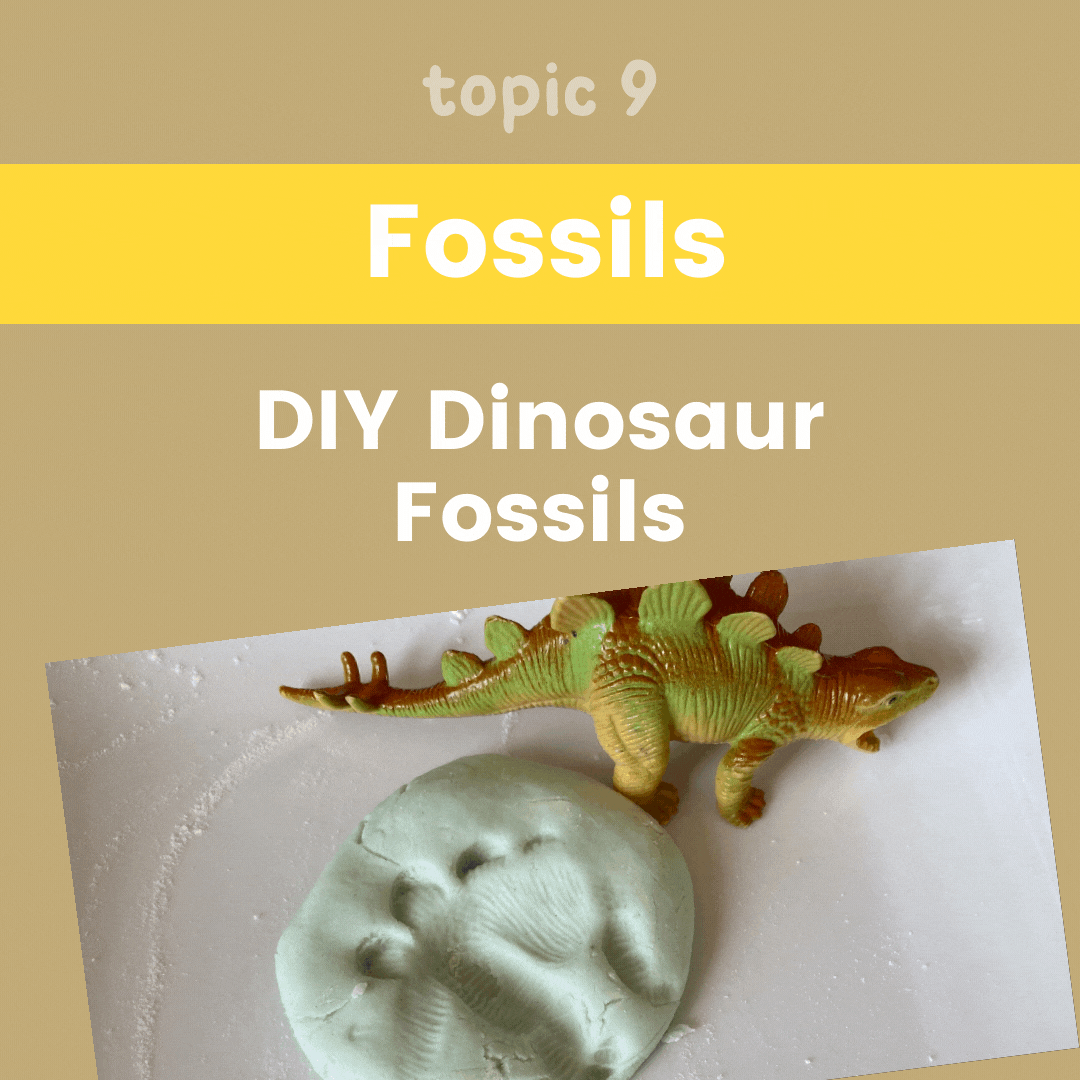
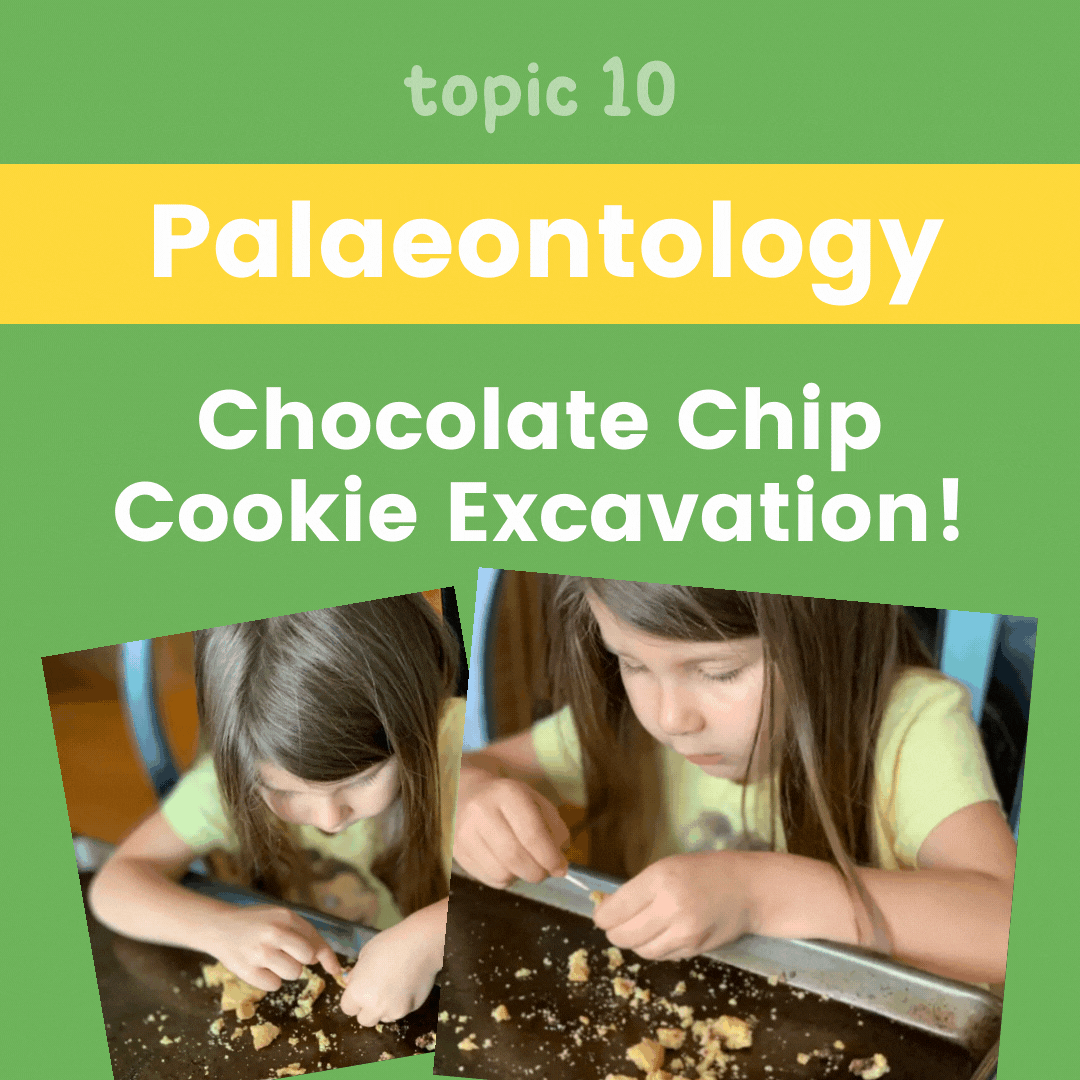

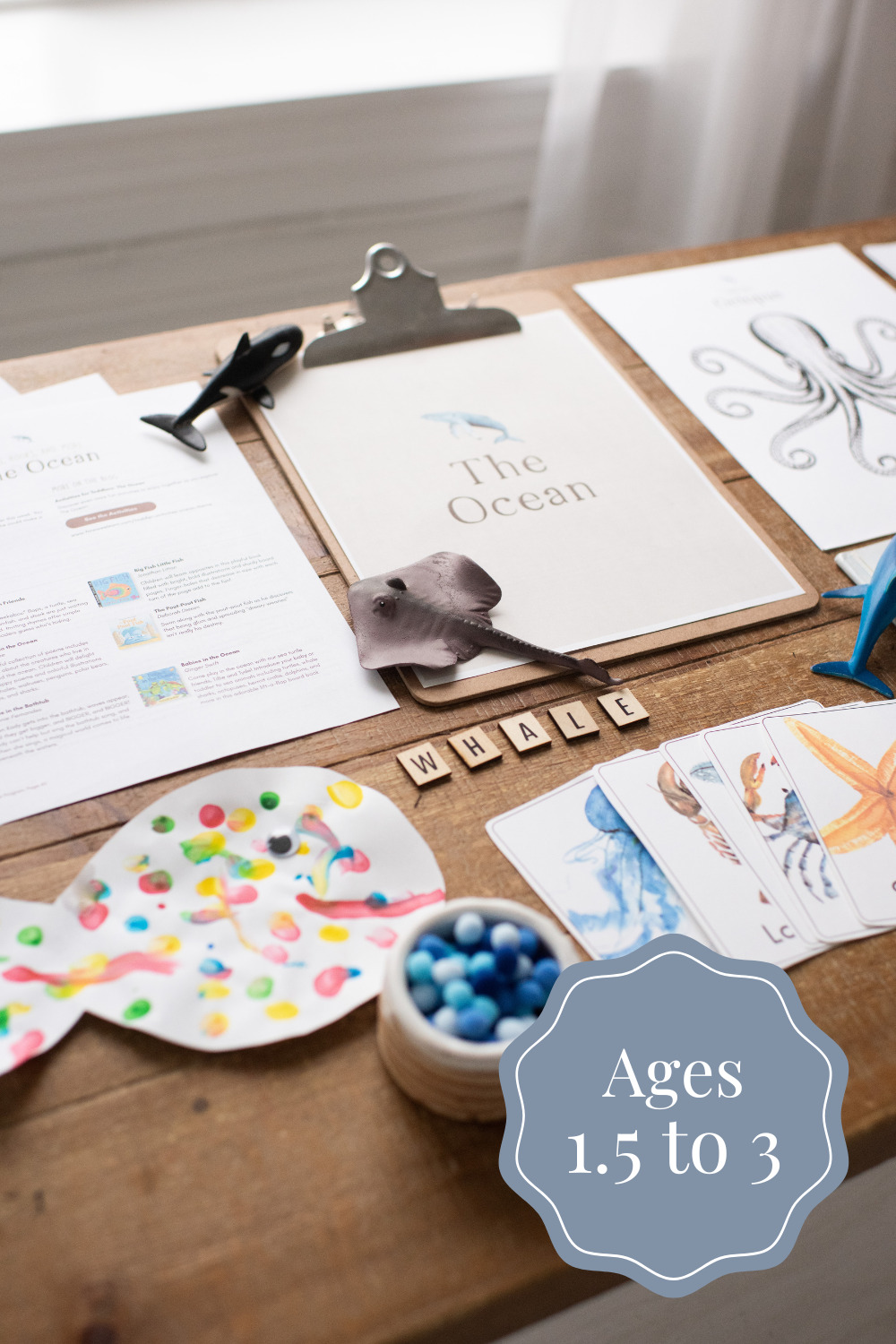
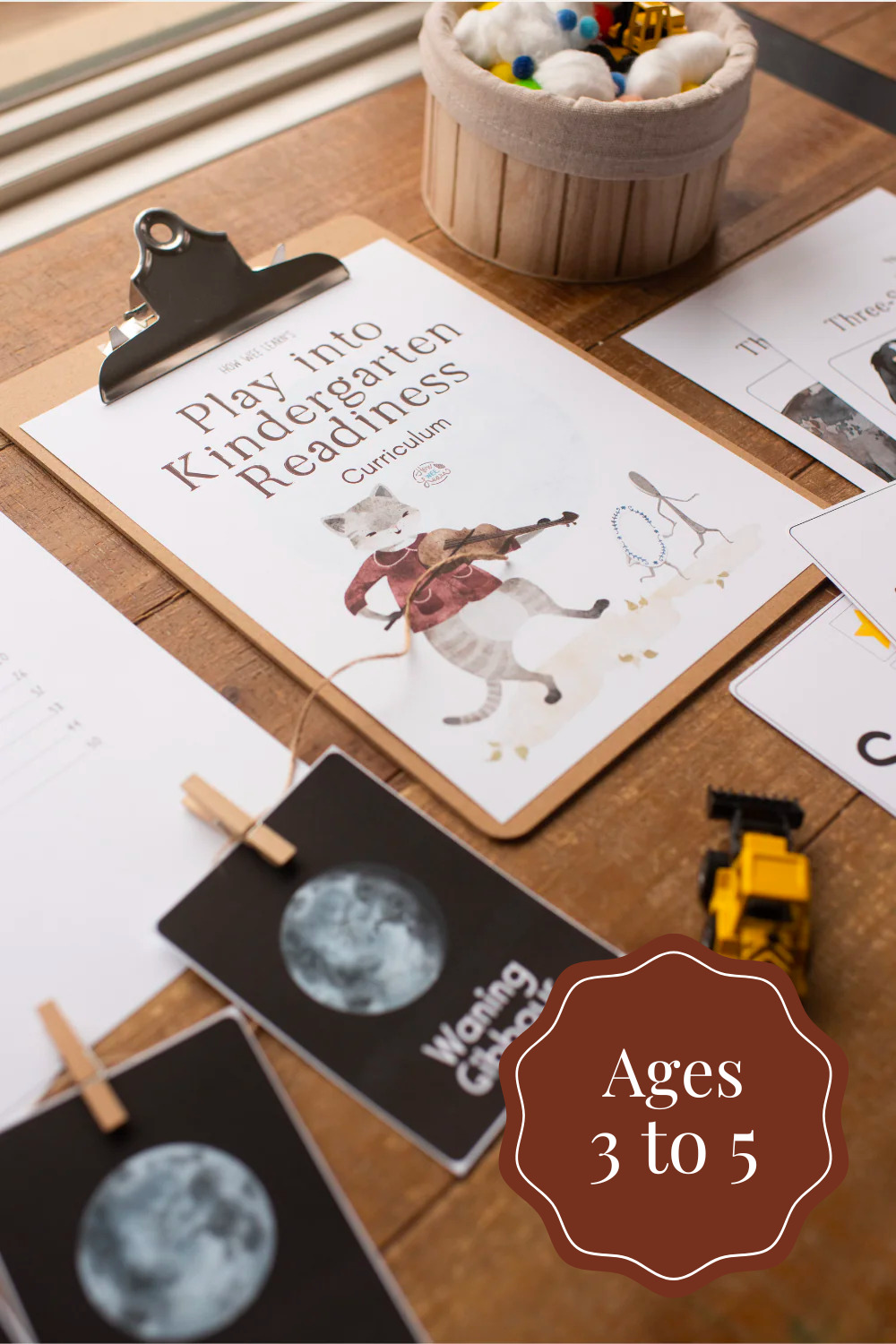
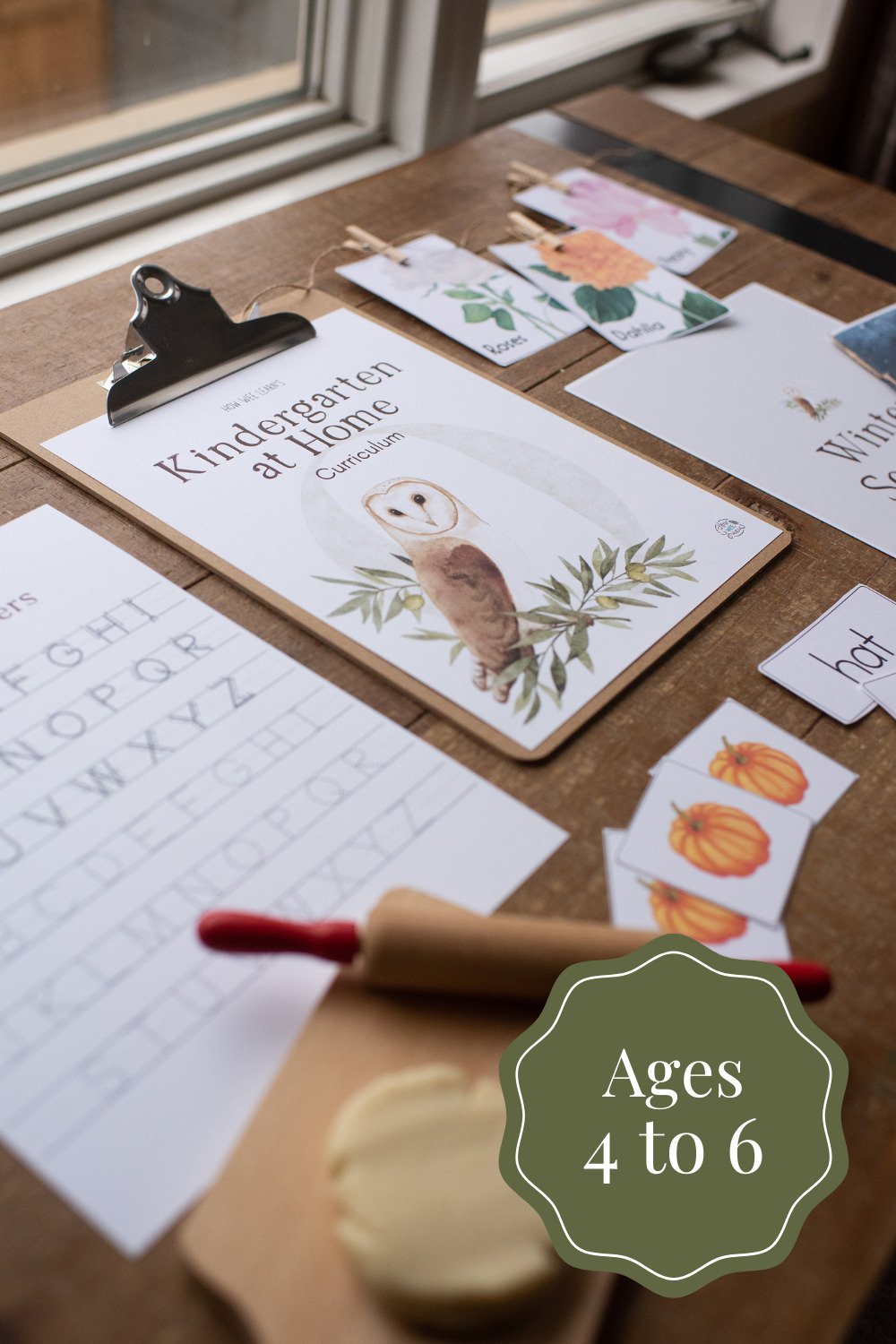
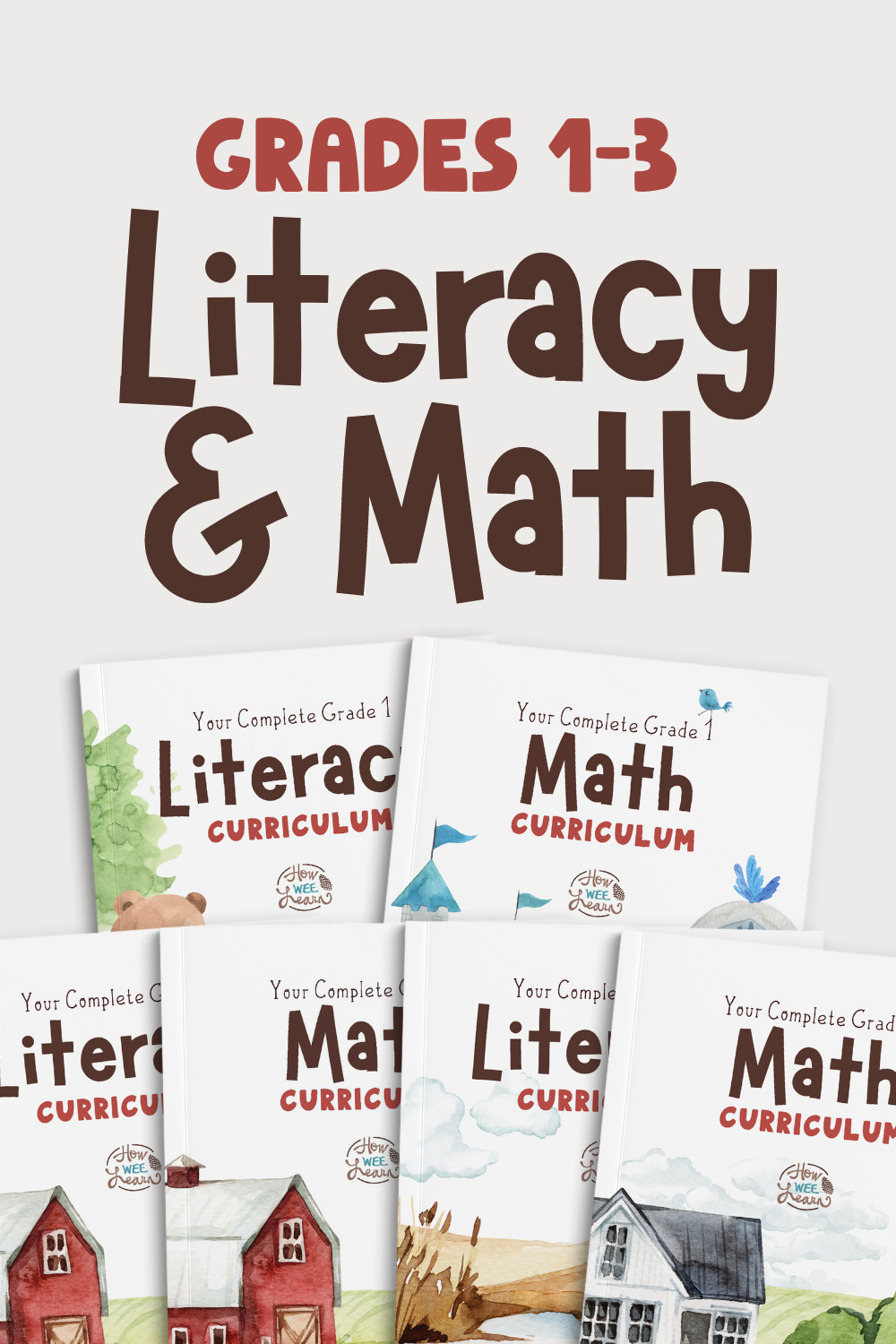

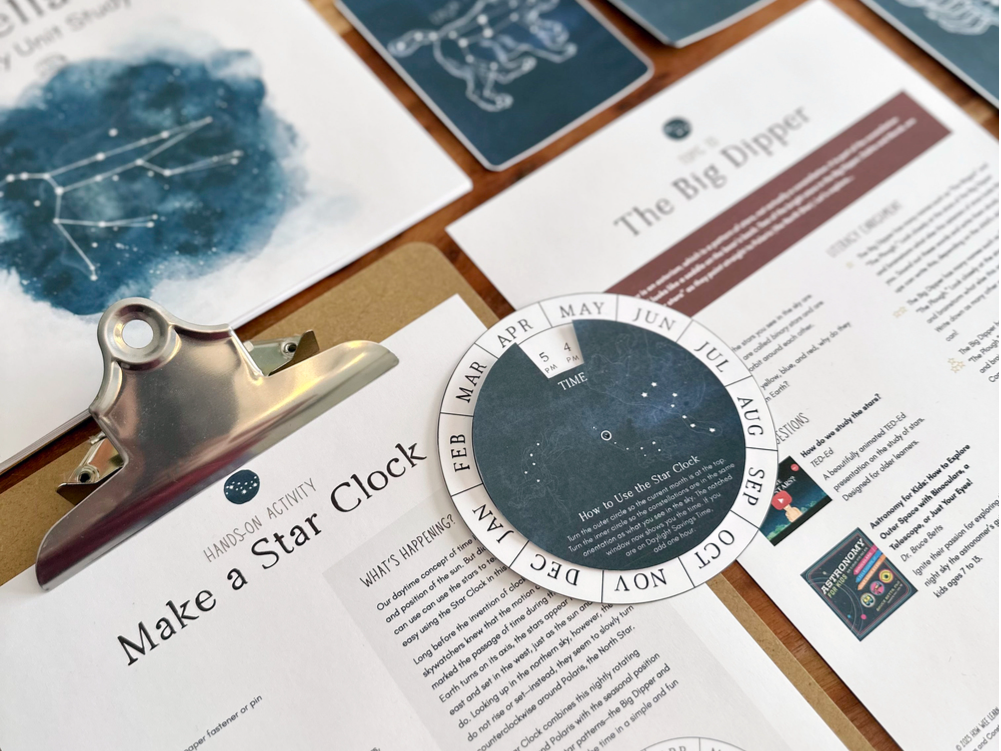
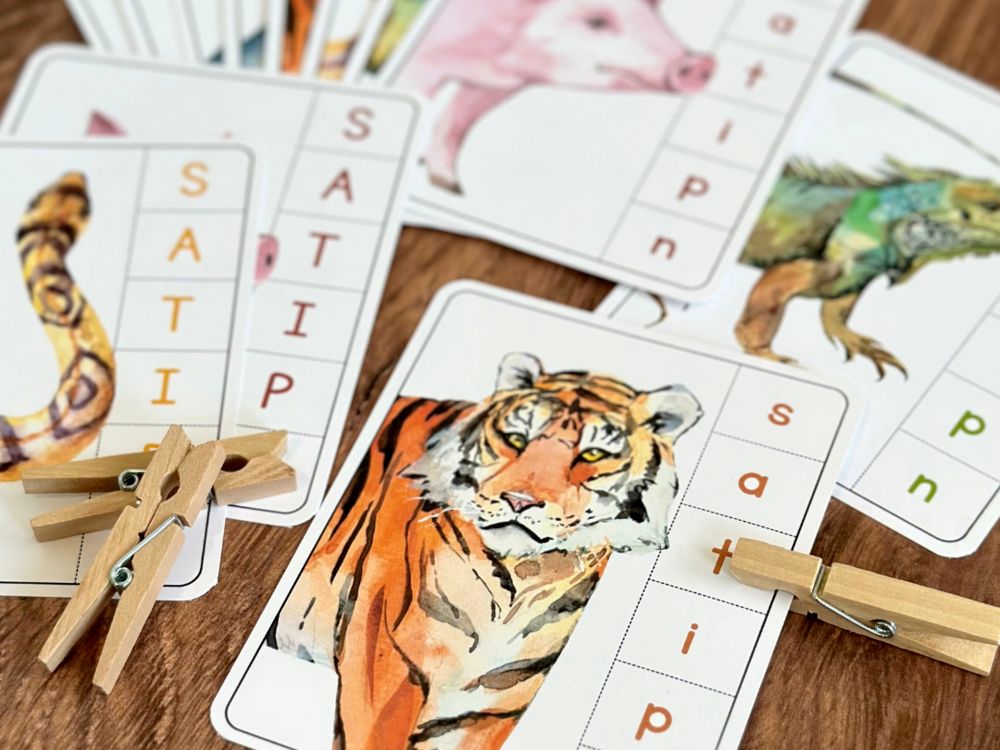
Leave a Reply